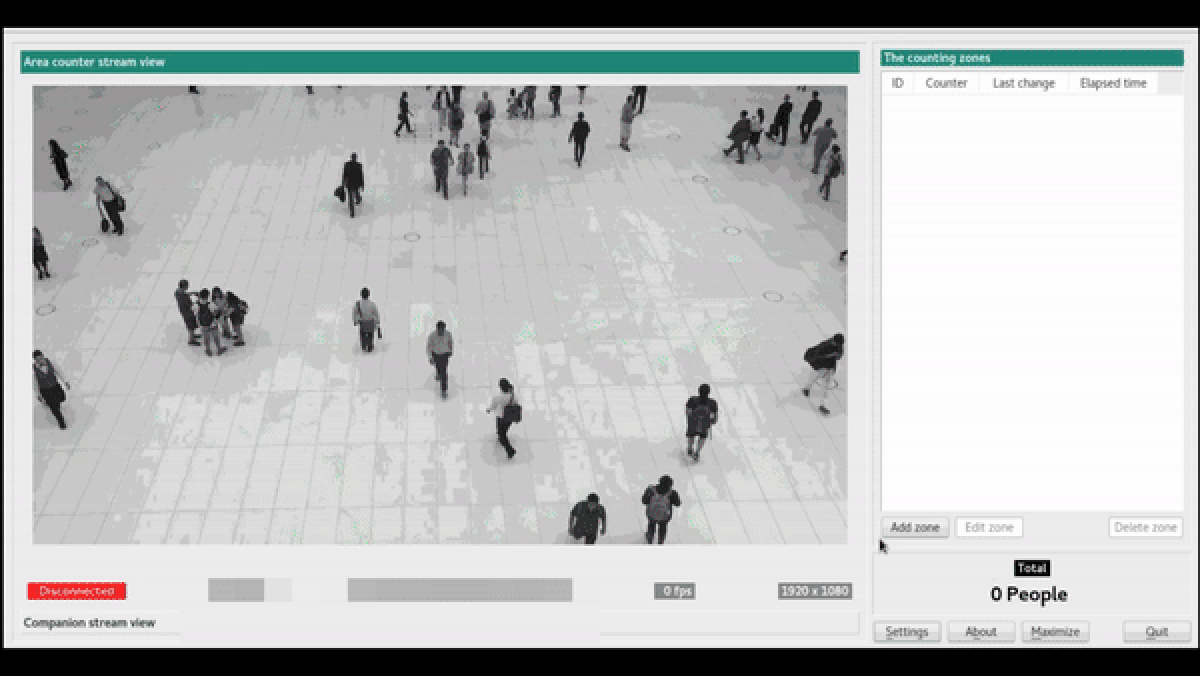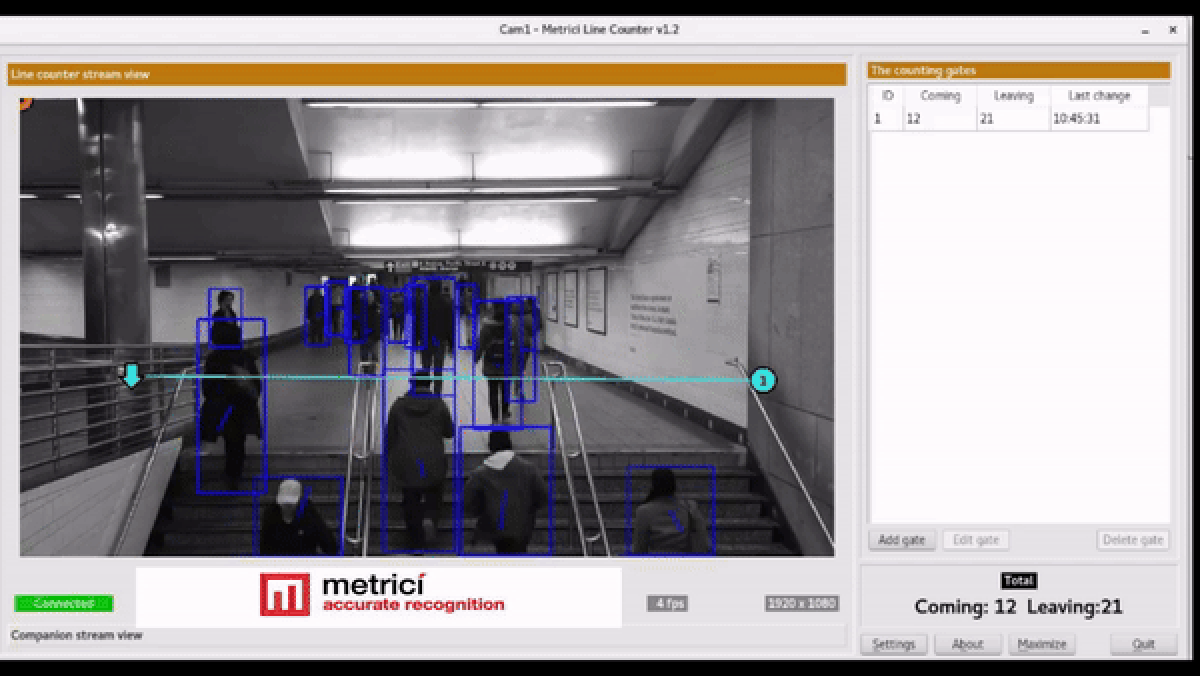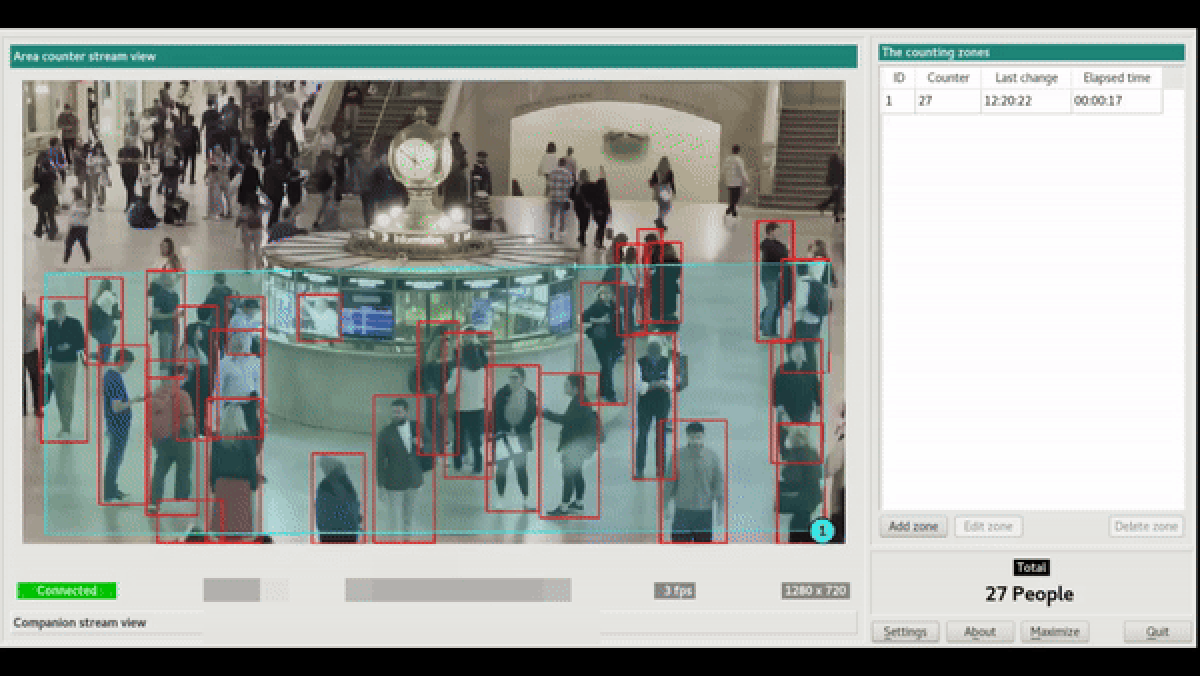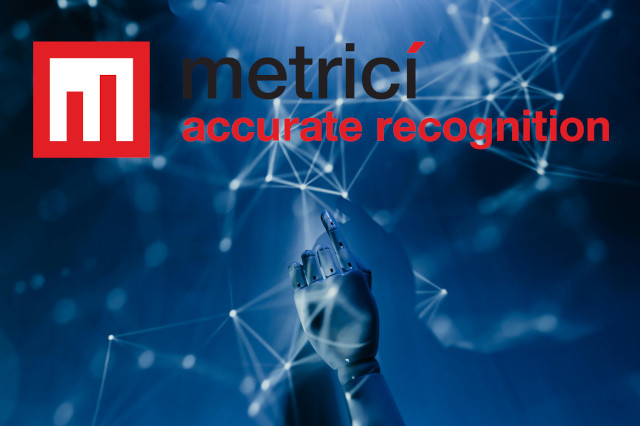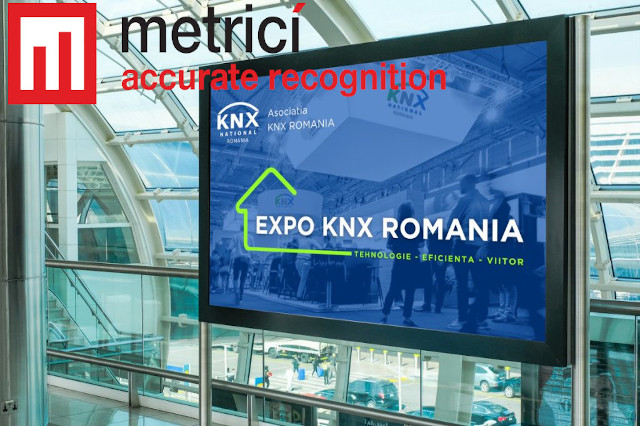- home
-
Products
- Products
- Metrici Custom Applications
- Metrici LPR
- Metrici LPR Parking Module
- Metrici LPR Toll Station Module
- Metrici LPR Weighing Module
- Metrici PPD
- Metrici Area Counter
- Metrici Line Counter
- Metrici QR Code Reader
- Metrici Container Code Recognition
- Metrici Thermal Analyzer
- Metrici Car Kit
- Metrici Server Systems
- Metrici Observer Radar
- Metrici LED Display
- Metrici MultiController
- Metrici LAN Controller
- case studies
- Applications
- Resources
- news
- videos
- Contact
Public Transport Management with Metrici AI
Video analytics, DNN (Deep Neural Networks), AI training, LPR (License Plate Recognition), Line Counter, and Area Counter technologies can greatly enhance public transport systems in cities by improving efficiency, safety, and data-driven decision-making. Here’s how these technologies can be applied:
Traffic Flow Management and Monitoring
Passenger Counting and Flow Optimization
Custom DNN Training for Object Recognition:

Safety and Security
AI: Abandoned or suspicious
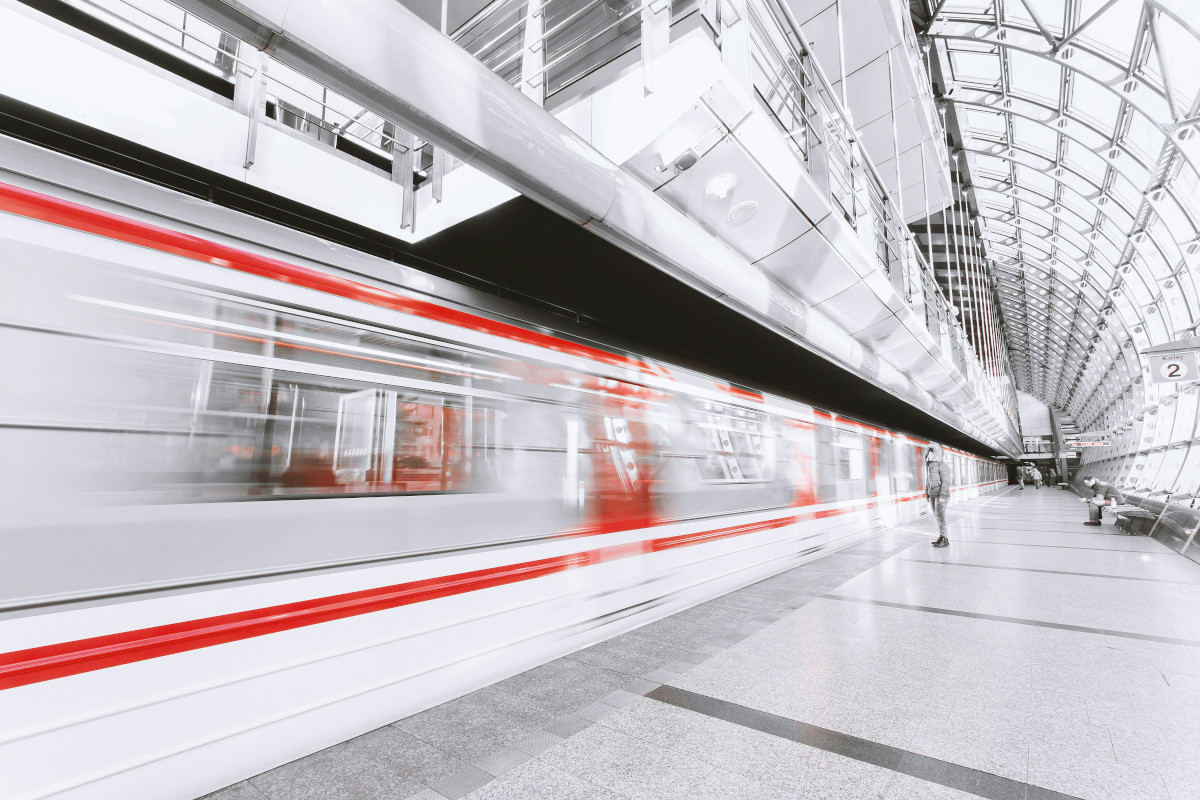
Line Counter for Restricted Areas

AI Training for Anomaly Detection:
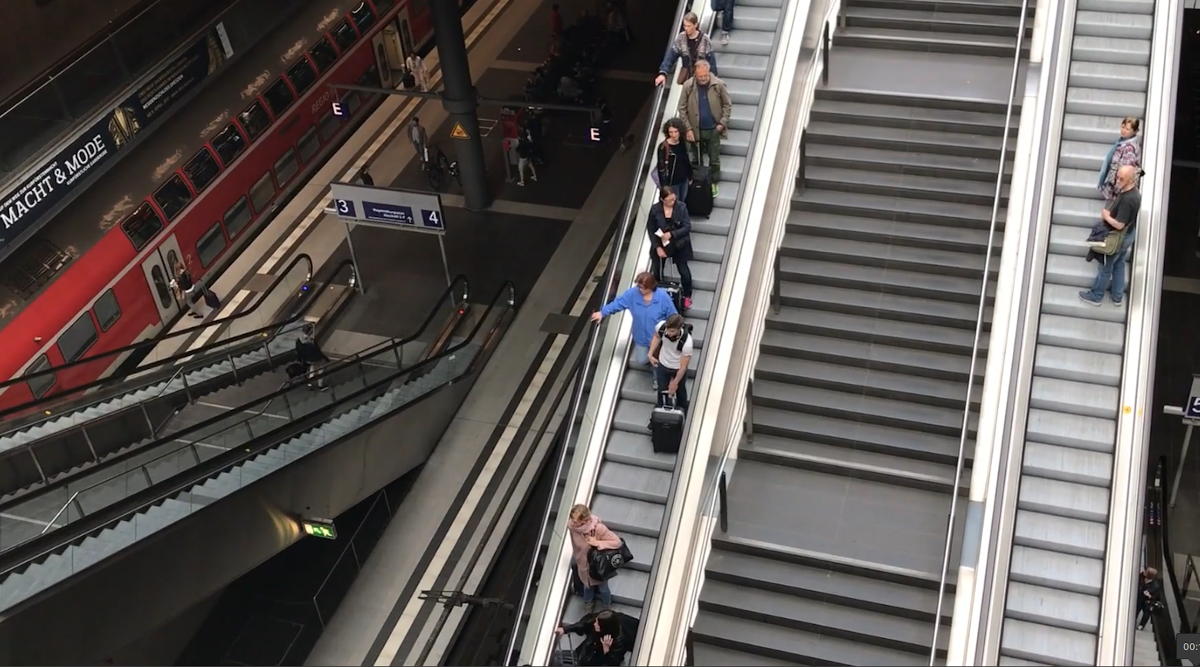
Optimizing Public Transport Efficiency
Real-Time Vehicle Tracking with LPR
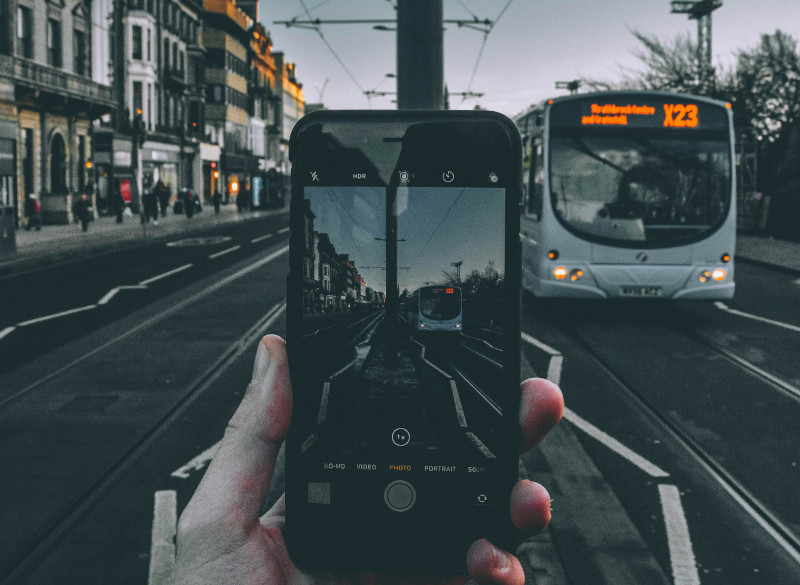
Passenger Flow Management
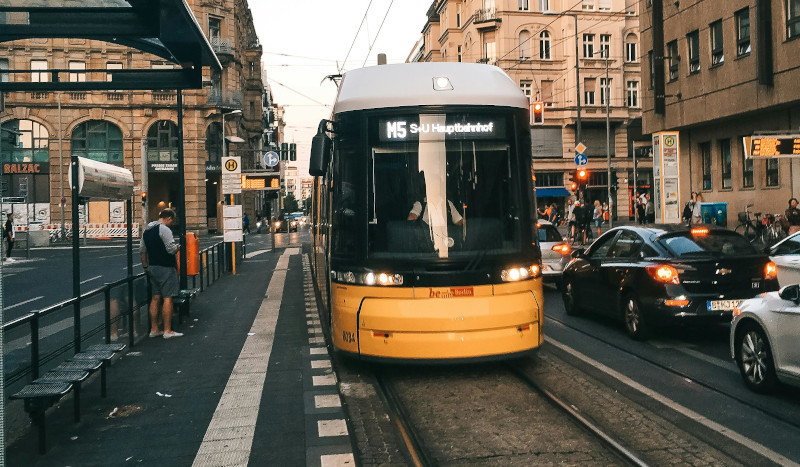
Predictive Maintenance and Fleet Management:
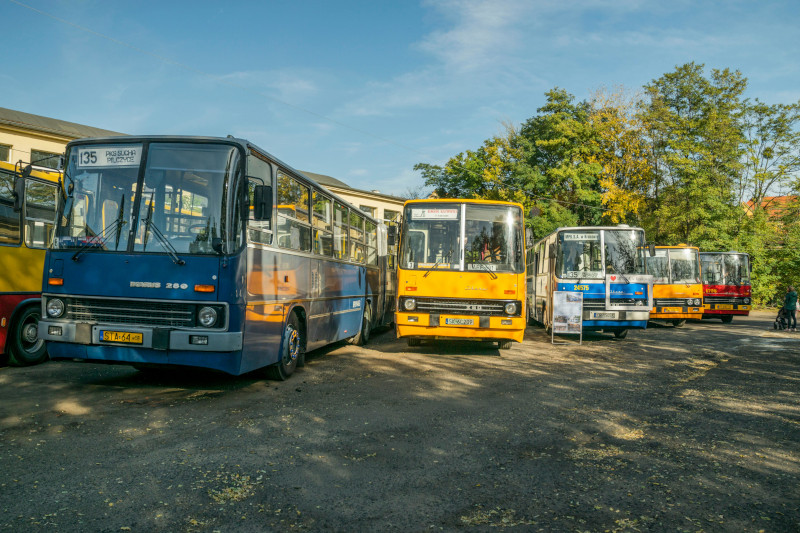
Parking and Access Control for Public Transport Vehicles
LPR for Bus Depots and Parking:
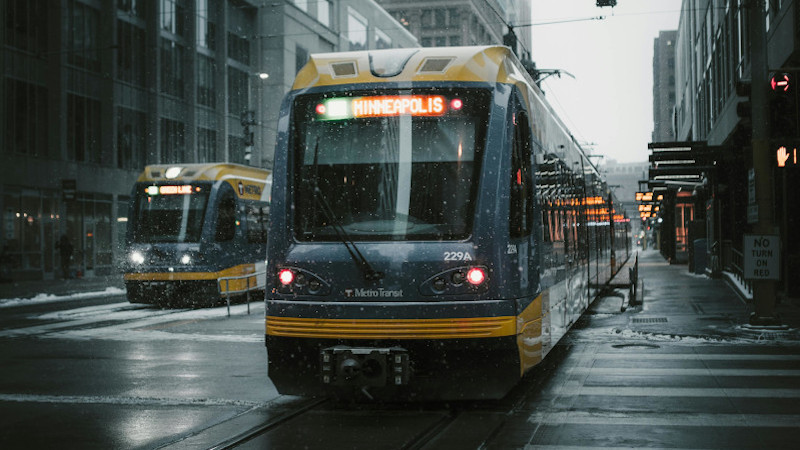
Parking Spot Occupation Monitoring:
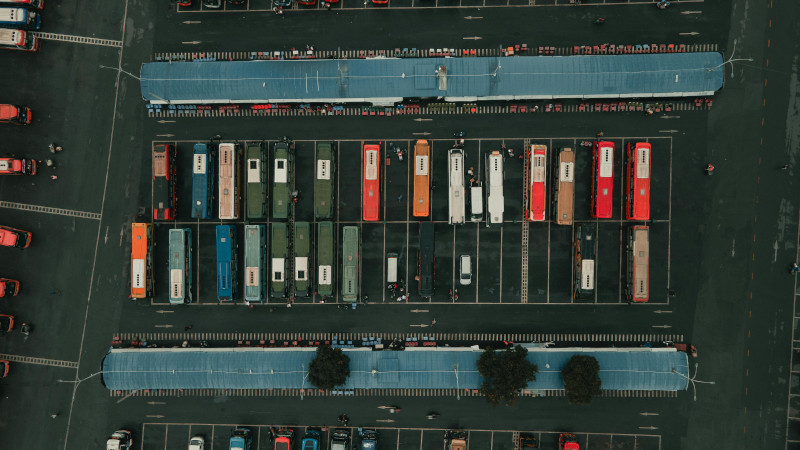
Data-Driven Decision Making
Event and Emergency Management
Crowd Monitoring with Area Counter and DNN:

Line Counter for Emergency Exits:
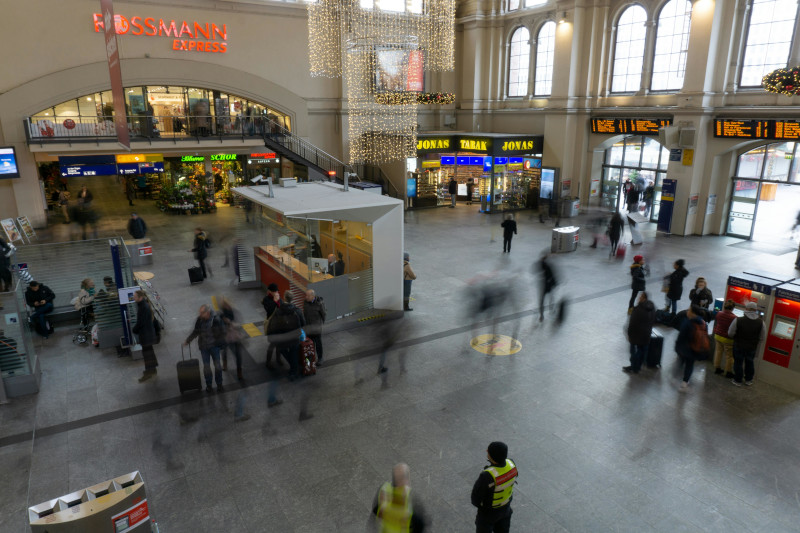
Conclusion By integrating video analytics, AI, DNN, LPR, Line Counter, and Area Counter into public transport systems, cities can significantly enhance transport efficiency, passenger safety, and overall system management. These technologies allow real-time monitoring, predictive analysis, and automated processes, leading to smarter, more efficient public transportation networks.


